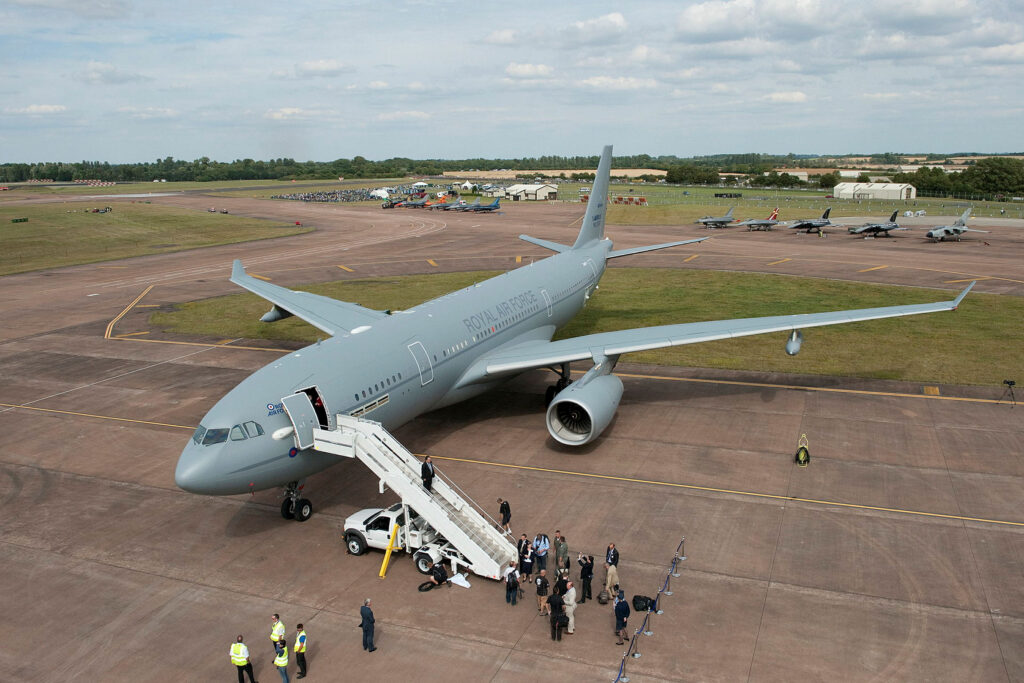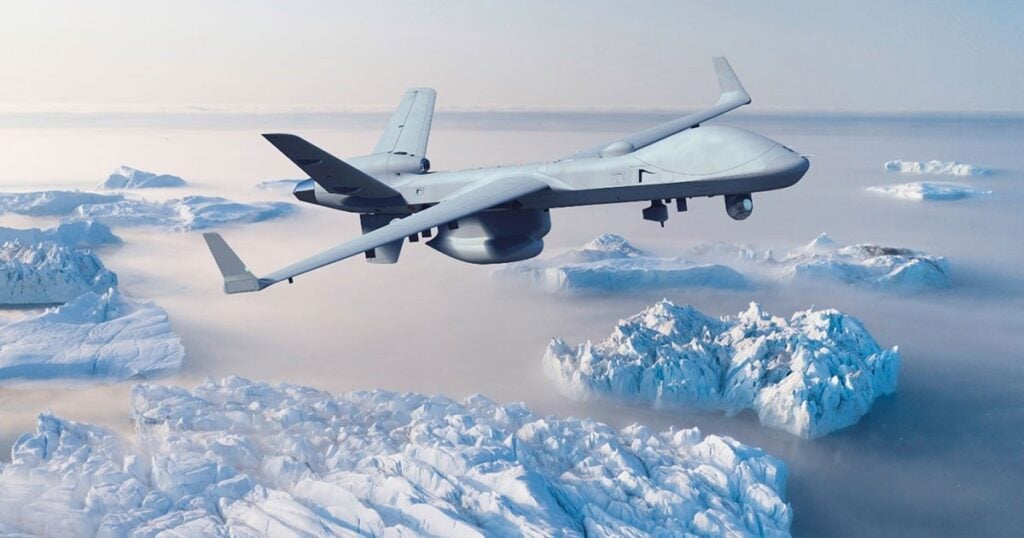
The FSTA program was initiated to replace the aging Vickers VC10 and Lockheed TriStar fleets, which had long supported the Royal Air Force’s (RAF) refueling and airlift operations. At the heart of this program is the Airbus A330 Multi-Role Tanker Transport (MRTT), known in RAF service as the Voyager. This aircraft combines advanced air-to-air refueling capabilities with significant capacity for strategic transport, making it a versatile solution for modern military requirements.
Delivered under a private finance initiative (PFI) agreement with AirTanker Ltd, the FSTA program represents a new approach to defense procurement. AirTanker, a consortium of leading aerospace and defense companies, including Airbus, Rolls-Royce, and Cobham, owns and manages the fleet, providing aircraft, maintenance, infrastructure, and training services. This arrangement ensures the RAF has access to the capability without incurring the capital expense of ownership. All Voyager aircraft are based at RAF Brize Norton, the RAF’s air mobility hub.
Design and Features of the Airbus KC2 Voyager
The Airbus Voyager, based on the A330 MRTT platform, has been extensively modified to meet military specifications. It features strengthened airframes, additional fuel tanks, and cutting-edge refueling systems. The aircraft is fitted with a fly-by-wire control system and advanced avionics, ensuring reliability and safety in complex mission environments.
Voyager offers both probe-and-drogue and boom refueling systems, with the RAF opting for the hose-and-drogue configuration on all aircraft, designated as the Voyager KC2 and KC3. The KC2 version is equipped with two Cobham 905E underwing hose-and-drogue pods, while the KC3 adds a fuselage refueling unit to extend its versatility. This configuration allows Voyager to refuel a wide range of aircraft, including Typhoon fighters, F-35B Lightning IIs, and allied platforms.
Beyond refueling, the Voyager is a highly capable transport aircraft. Its spacious cabin can accommodate up to 291 passengers, with configurations available for troop transport, cargo, and medical evacuation. The aircraft also includes a robust cargo system, allowing it to transport pallets and oversized equipment efficiently. In the medevac role, it can be configured to carry up to 40 stretchers along with accompanying medical staff.
KC2 Voyager Performance and Capabilities
Powered by twin Rolls-Royce Trent 772B engines, Voyager delivers exceptional range and efficiency, capable of flying non-stop missions over intercontinental distances. With a fuel capacity of over 111,000 kilograms, it provides extensive refueling capability while maintaining significant range for transport missions. The aircraft is designed to refuel multiple receivers in a single sortie, enabling long-duration air operations.
In addition to its refueling capabilities, Voyager excels in its transport role. The cabin can be reconfigured quickly to meet mission requirements, making it adaptable for a range of operations, from strategic troop movements to humanitarian missions. Its high operational ceiling and speed enhance its utility for global deployments, and its ability to operate efficiently in diverse weather conditions ensures consistent performance.
FSTA Program Impact
The FSTA program and the introduction of Voyager have significantly enhanced the RAF’s global operational reach. The aircraft has been a key enabler of critical missions, from supporting NATO air operations to delivering humanitarian aid and conducting evacuation missions. Voyager played a pivotal role in Operation Shader, providing refueling support to RAF Typhoon and Tornado jets during combat operations against ISIS.
The PFI model employed for the FSTA has also highlighted a novel approach to managing strategic defense assets. By leveraging the expertise and resources of private-sector partners, the RAF has ensured operational efficiency while reducing direct ownership costs.




















